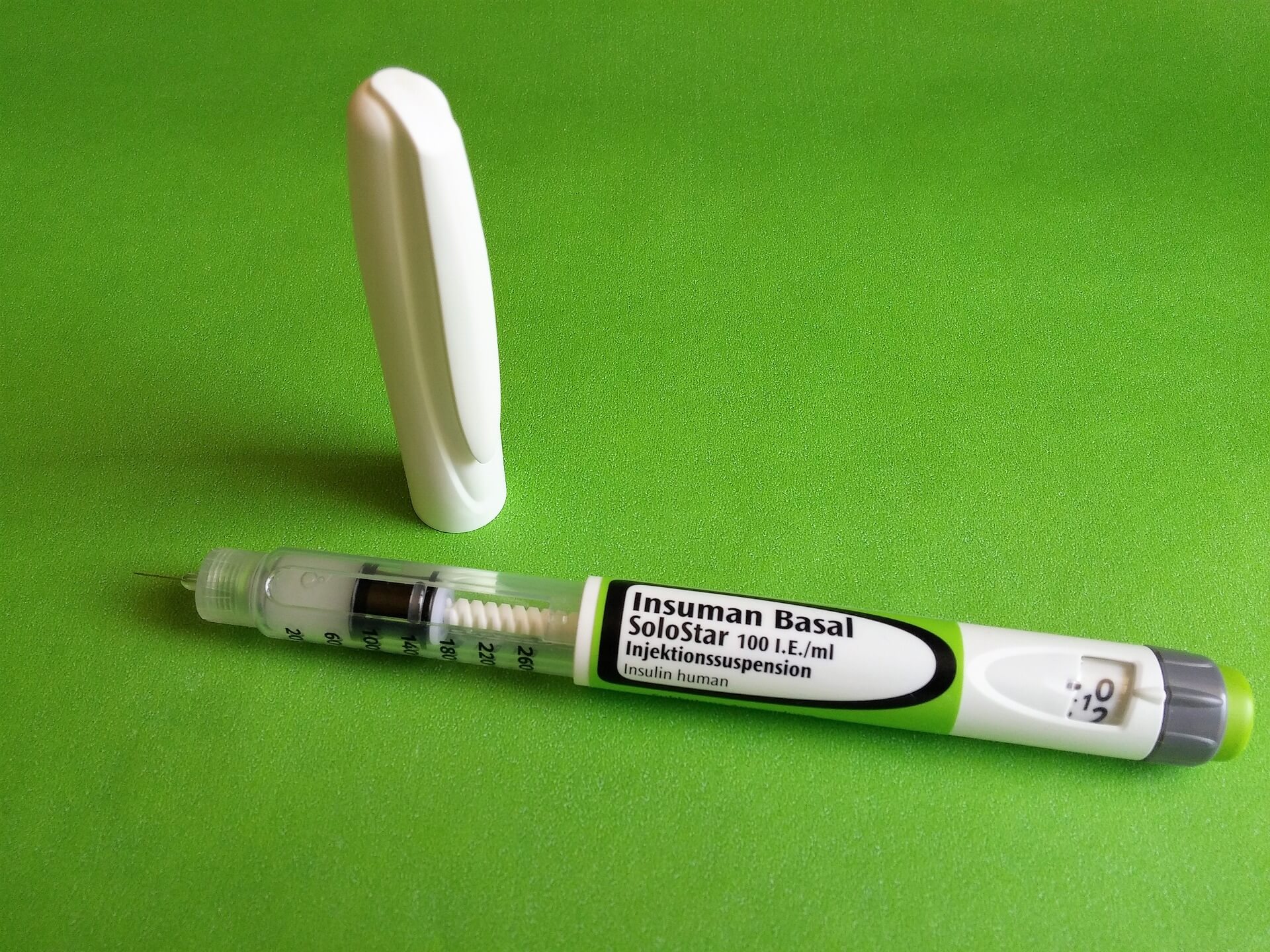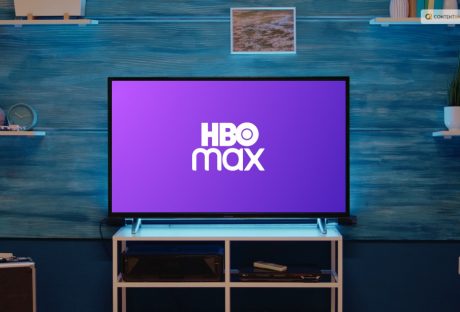The 20th century left us with plenty of innovations in science, technology, sports, and medicine. In the last 100 years, our population has soared from 1.5 billion to over 6 billion people.
Most of us know a fair amount about the last century, from its two world wars to the incredible technological achievements. But there are some little-known facts about the 20th century that are surprising.
Continue reading to discover five facts you didn’t know about the 20th century.
1. Facts About the 20th Century: Albert Einstein For President?
The 20th century saw a lot of discoveries from the famous scientist Albert Einstein. As a theoretical physicist, Albert Einstein completed scientific work to lay the foundation of the photon theory of light.
One crazy fact about Albert Einstein that many do not know is that he was considered a candidate to rule Israel back in the 20th century.
The people of Israel wanted him as their leader, yet he refused the position to continue his role in the scientific community. Einstein did not believe he had the authority or personal skills to take on such a role.
2. A 17-Year-Old Struck Out Babe Ruth:
At the tender age of 17, a young woman by the name of Jackie Mitchell struck out renowned baseball player Babe Ruth.
Jackie Mitchell was taught to “drop ball” by a close neighbor in her hometown of Chattanooga, Tennessee. In fact, she used this technique to stump Babe Ruth. During a game against the New York Yankees, she was pulled onto the mound to perform as one of the first female athletes in the history of baseball.
Her team, the Lookouts, needed her to pitch. Jackie’s strikeouts made headlines and she eventually continued her baseball career until she retired at the age of 23.
3. Humans Zoos Existed:
Animals at the zoo are common. Humans at the zoo? That’s a whole different situation. The Bronx Zoo had a special exhibit featuring an African man who was displayed like an animal inside the zoo for years.
Ota Benga was taken from his native African land and treated like a zoo animal. Millions of people traveled to the Bronx Zoo in the early 1900s to see Ota. He lived in a large cage with an orangutang.
Up to 500 people would gawk at him at a time. For hours he would simply sit alone and stare out into the distance. Unfortunately, he committed suicide in March 1916.
4. Plastic Surgery Invented During WWI
WWI veterans were given the first plastic surgeries ever performed by doctors. Now a multi-billion dollar business, plastic surgery first came about in the 20th century after the end of WWI. The flying shattered iron is to blame for the many disfigured faces of the vets.
Reconstructive surgeons took their time fixing patients’ wounded faces. Teams of trained surgeons and nurses constructed new body parts for the vets from cartilage and ribs. You can learn more about WWI and its causes via the NU MAH website.
5. Insulin Was Discovered in 1922
A really important discovery in the 20th century was insulin.
Medical researchers gave a boy who was dying of diabetes a dose of insulin and it saved his life.
People can live longer because of the success of two doctors, Frederick G. Banting and Charles Best. How was insulin discovered way back in the day to help with diabetes? These two men conducted trials on dogs to see if insulin could cure the “sugar disease” and it proved to lower the dog’s blood sugar levels.
Looking For More Articles on Our Changing Society?
These are 5 facts about the 20th century that are intriguing and surprising!
If you are interested in learning more about the latest society news and topics, be sure to check out the hundreds of articles on our website.
Read Also:
























